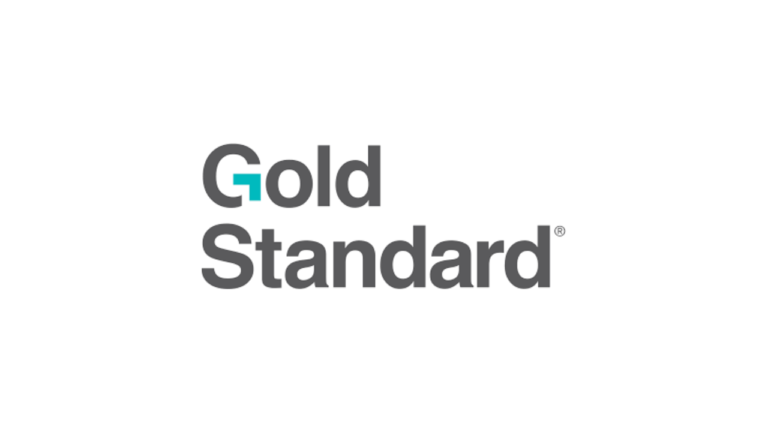according to Gold Standard
Understanding whether a company is doing the right thing for the climate can seem complicated. We can simplify this by asking the question: If every company acted this way, would we solve the climate crisis? If the answer is no, the company must change its actions until they are compatible with our journey to a net-zero world.
If we agree that every company must make a fair contribution to our collective journey to global net zero, then they must account for all their emissions and take action to reduce them. This includes scope 1 (direct emissions owned or controlled by a company), scope 2 (emissions that a company causes indirectly through the energy it purchases and uses) and scope 3 (emissions that are not produced by the company itself , but by what it is indirectly responsible for, both in the value chain and beyond).
Scope 3 emissions are responsible for more than 70 percent of many companies’ carbon footprints* and can be the most difficult of these scopes to account for and reduce. Nevertheless, to be compatible with a net-zero world, companies must ultimately both reduce their emissions in line with science and take responsibility for what they emit along that journey – as challenging as that may be.
There has been a lot of discussion lately about the suggestion that we should allow companies to count carbon credit retirements towards their scope 3 emissions targets. At Gold Standard, our view has always been and remains that companies should not use carbon credits to claim that they have met their reduction targets within the value chain.
“Value chain reduction” includes reducing emissions from business activities across its value chain, including emissions from its suppliers, vendors, customers and other intermediaries. Reporting results of actions outside a company’s value chain as if progress is being made along the value chain will be seen as greenwashing by many, including increasingly savvy consumers, journalists and governments.
In cases where carbon credits focus on value chain activities, there are issues with mismatched accounting forms, efficiency, practical feasibility and potential double counting.
The blanket recognition of purchasing carbon credits as meeting Scope 3 reduction targets threatens to create the false belief that responsibility can be bought off the shelf, hampering the changes in business practices we need to achieve global net zero achievements are postponed and funding is diverted from more appropriate instruments.
High quality carbon credits, while not suitable for claiming reductions across the value chain, still play a crucial role in a company’s sustainability strategies as they take full responsibility for their unabated emissions, scope 1, 2 and, yes, 3 .
They can do this using the Beyond Value Chain Mitigation (BVCM) fashion model. This involves actions that go beyond a company’s direct and indirect value chain and that contribute to global climate goals. High-quality carbon credits can be used to finance projects that deliver real, measurable climate benefits, such as reforestation, renewable energy development and community-based sustainability initiatives such as clean cooking solutions or safe water access. By investing in these projects, companies can support broader environmental and social impacts, promoting resilience in vulnerable communities and ecosystems.
Models such as the internal carbon fee/fund action approach, as set out in the Gold Standard Guidance beyond value chain mitigation (BVCM)., can help determine how much different companies should contribute to the ongoing effort – including through the use of high-quality carbon credits. This ensures that their contributions are significant and aligned with their overall sustainability goals. This strategic use of carbon credits demonstrates a company’s commitment to global climate action, complementing their internal emissions reduction efforts and driving systemic change beyond their direct operations.
Careful calibration is essential to ensure that the climate crisis is taken seriously by business leaders, supporting them in upholding real accountability and building confidence in corporate action among their stakeholders, wider civil society, the media and the public.
If we are serious about making climate efforts consistent with the science, we cannot fall into the trap of asking companies to do only what we think they are willing to do, or what can be easily done. Instead, we need to be clear about what needs to be done to meet the challenge of reaching global net zero. It is certainly true that the objectives of scope 3 are difficult to achieve. This does not change the science about what reductions are needed and where and how they should be implemented.
While solutions are being developed to address challenges associated with the traceability of scope 3 emissions, such as mass balance and book-and-claim for purchased goods and services or collective action on shared purchasing, it is critical to stay true to science.
This blog started by challenging companies to ask themselves the question: “If every company acted this way, would we solve the climate crisis?” To answer that question with a resounding yes, they must both reduce their emissions in accordance with the science, including Scope 3, and take responsibility for ALL their continued emissions, including Scope 3.
This begs the question: if Carbon Credits are not the answer to the scope 3 challenge, what is? That is the subject of the next blog in this series.
This is the second blog in our series on how companies can do the right thing for the climate. You can read the first blog Navigating corporate social responsibility in the age of Net Zero.
*https://www.deloitte.com/uk/en/issues/climate/zero-in-on-scope-1-2-and-3-emissions.html
Read more: Opinion: Ignoring Scope 3 in climate reporting is a mistake


